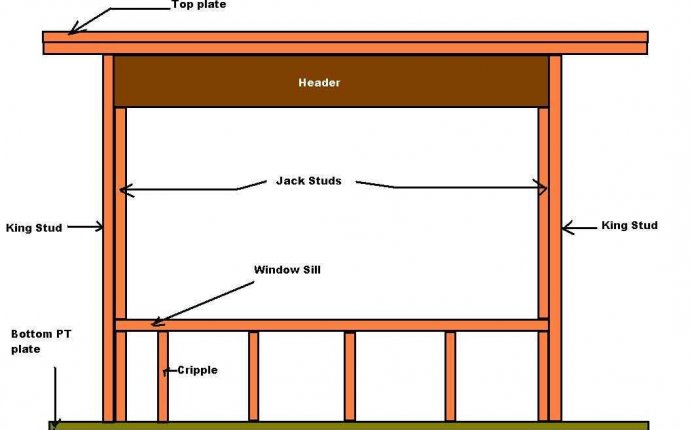
Replace Windows Screen Frames
Not all windows are created equal. If you're replacing your home's older windows with identical new ones, what style of window you choose might not matter much. However, if you want to change the configuration, appearance or function of your windows, take a look at some of the most common window styles available.
Horizontal sliders or gliders
Horizontal sliders feature sashes that open and close by sliding back and forth horizontally on a track within the window frame. Only one side of the window can be open at a time.
Double hung
This is probably the most popular and easily recognizable window system in American homes. It features two sashes, panes of glass suspended in frames, that overlap slightly and move vertically in the window frame (although most models feature a fixed upper sash). The sashes easily move up and down due to counterweights on pulleys or springs hidden in the window frame.
Awning
Awning windows are hinged at the top, allowing them to open outward from the top, which gives them an appearance similar to an awning.
Hopper
Hopper windows are hinged at the bottom, allowing them to open outward from the bottom, which gives them an appearance similar to old-fashioned coal furnace chute hoppers.
Casement
Now we will look at Optima Condos Toronto.
Casement windows typically feature interior mounted opening mechanisms that allow the window to open outward along a vertical hinge, similar to the way a door opens. In most modern American homes, a casement window opens via cranked handle.
Bay or bow windows
Bay or bow windows are typically made of a framed structure featuring windows that protrude from the exterior of a home. Popular in late 1800s architecture, a bay or bow window can provide a few more square feet of living space to a room, creating the illusion of a much bigger space.
Fixed windows
A fixed window is a window that cannot be opened and is mainly used to allow light to enter a home.
Windows can be built from wood and other materials, and each has benefits and disadvantages.
Wood
One of the oldest building materials available, new all-wood windows naturally resist transferring heat or cold, but swell with humidity changes. Wood requires more maintenance (regular painting or staining) than other materials. They are often more expensive.
Clad wood
Windows with clad construction have wooden interior frames sheathed in a durable exterior material like vinyl or aluminum.
Fiberglass
Fiberglass windows are durable and have greater heat transfer resistance than wood or vinyl frames, according to the U.S Department of Energy’s Energy Savers program.
Aluminum or metal
Aluminum or metal frames are durable, strong and virtually maintenance free. However, because metal conducts heat and cold quickly, metal windows are a poor choice for upgrading a home’s energy efficiency.
Vinyl or PVC
A popular window choice is vinyl or PVC. They are highly durable and don’t require regular painting. Some vinyl window frames offer insulated cavities, which can increase your home’s energy efficiency.









